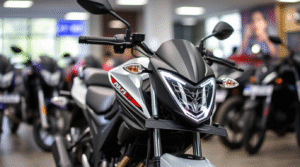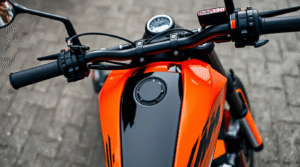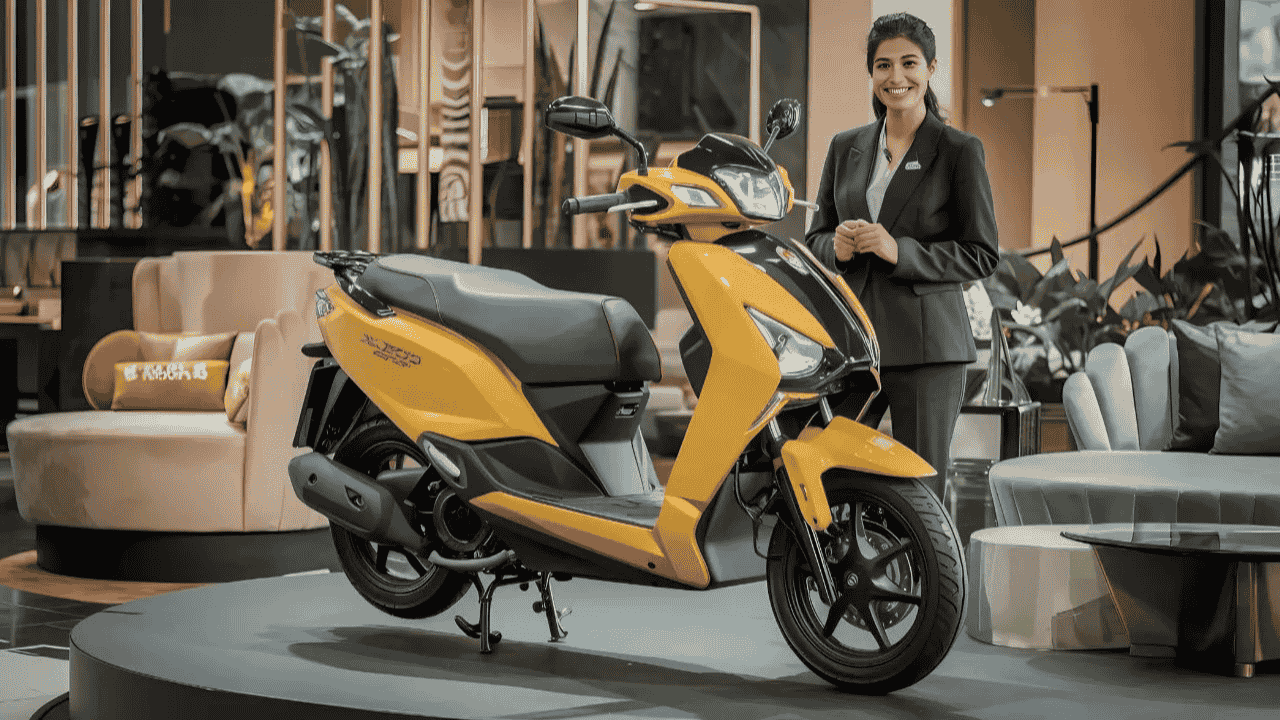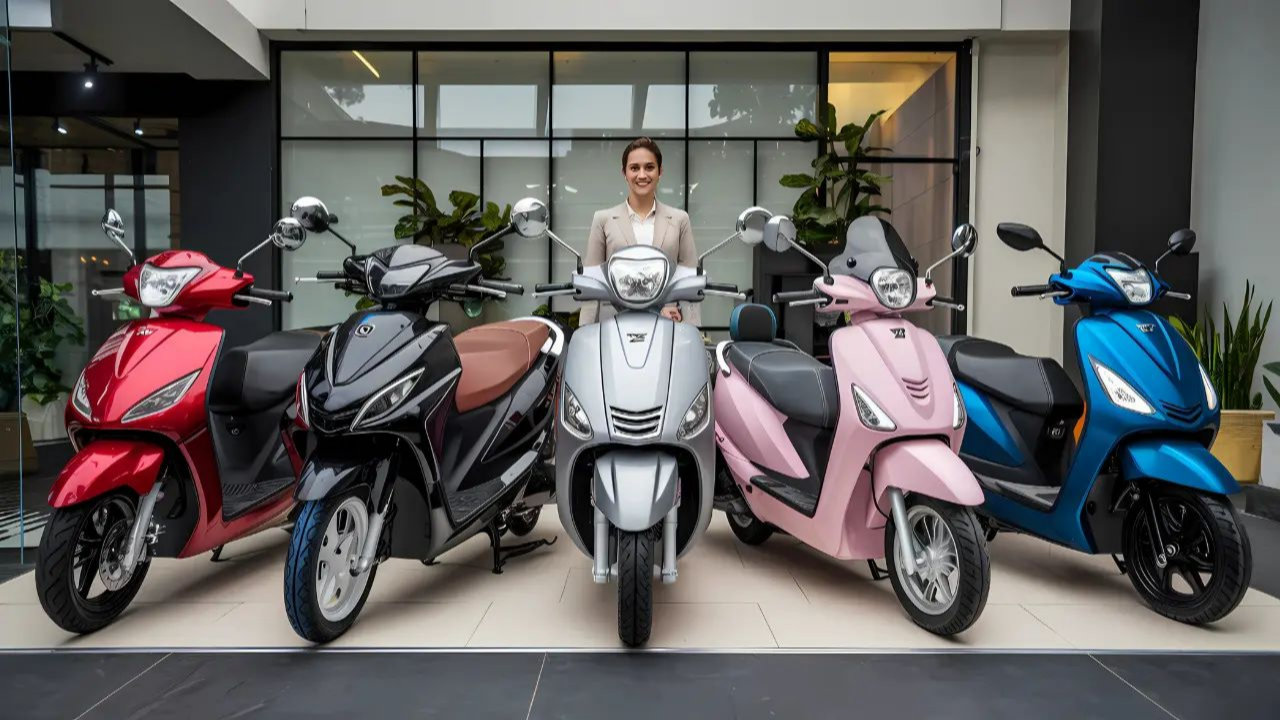The Indian electric two-wheeler market is charging ahead, and leading the pack is Revolt Motors with its latest RV400 electric motorcycle. Touted as a “dhansu” (exceptional) performer, the RV400 is changing the conversation around EVs by blending aggressive styling, powerful specs, and smart features—all while addressing long-standing concerns like range anxiety and battery cost.
Let’s break down what makes the updated Revolt RV400 such a compelling option in today’s two-wheeler market.
A Timely Launch Backed by Market Trends
The RV400 enters the scene when fuel prices remain high and environmental consciousness is growing. Government subsidies and improved EV infrastructure have made electric mobility more accessible in Indian cities. This positions the RV400 as not just an alternative to petrol bikes—but a better one in many ways.
A Design That Blends the Familiar with the Future
Unlike many electric two-wheelers that resemble scooters, the RV400 has the posture of a sporty street bike. Key design features include:
- Angular LED headlamp and muscular tank-like housing
- A sleek tail section with sharp lines
- Chain drive and standard suspension for a familiar ride feel
This thoughtful design helps conventional motorcyclists transition to electric mobility without sacrificing style or handling.
Built to Perform with an Electric Heart
The RV400’s powertrain targets riders of traditional 200-250cc motorcycles with surprising torque and acceleration. It offers three riding modes—Eco, Normal, and Sport—allowing users to shift performance and range according to their needs.
Regenerative Braking & Performance Highlights
| Feature | Details |
|---|---|
| Riding Modes | Eco, Normal, Sport |
| Regenerative Braking | 3 levels, enhances urban efficiency |
| Motor & Battery Placement | Central, for balanced handling |
| Frame | Aluminum alloy, lightweight & durable |
The regenerative braking system lets you recover energy while decelerating, especially helpful in city traffic. The highest setting allows near one-pedal riding, maximizing range and efficiency.
Ride and Handling: Smooth, Agile, and Safe
The RV400’s low center of gravity, central battery placement, and balanced weight distribution contribute to its nimble ride. Its suspension setup offers a comfortable experience in daily commuting. It also features a Combined Braking System (CBS), distributing brake force evenly between wheels for better safety during emergency stops.
Tech-Savvy Features for Modern Riders
Revolt integrates smart features through its dedicated mobile app, which offers:
- Remote bike diagnostics
- GPS tracking and geofencing
- Trip history and battery insights
An especially unique feature is the customizable artificial engine sound system. Riders can choose from different sound profiles that play through onboard speakers, providing an engine-like feel to an otherwise silent electric ride.
Ownership Made Easy: Subscription and Savings
To ease EV adoption, Revolt offers a battery subscription model that reduces the upfront cost. Riders subscribe to a battery usage plan instead of buying the battery outright, which addresses battery degradation concerns.
Cost Comparison: Electric vs Petrol
| Cost Factor | RV400 (Electric) | Petrol Bike (150cc–200cc) |
|---|---|---|
| Annual Running Cost* | ₹2,000–3,000 | ₹27,000–35,000 |
| Maintenance | Low | Moderate to High |
| Fuel/Battery | ₹0.25/km (avg.) | ₹2.5–3/km (avg.) |
*Assumes 12,000 km/year riding
These figures show potential annual savings of ₹25,000–35,000, making the RV400 an economical choice in the long run.
Environmental Impact and Battery Lifecycle
The RV400 doesn’t just save money—it cuts emissions. Every kilometer you ride electric helps reduce air pollution and dependence on fossil fuels. Revolt also runs a battery recycling program, addressing sustainability throughout the battery’s lifecycle.
Revolt’s approach—smart design, practical pricing, strong performance—puts the RV400 in a league of its own. With real-world usability, familiar ride dynamics, and low operating costs, the RV400 is helping push the Indian two-wheeler market toward a cleaner, smarter future.
FAQs
What is the charging time for the RV400 at home?
Standard home charging takes 4.5 hours for the base model and around 6 hours for the extended-range variant.
How much can I save each month by switching to the RV400?
You can save between ₹2,100 to ₹2,900 monthly based on riding 1,000 km.
Does performance drop at low battery levels?
Performance remains stable until the battery dips below 15%, after which the speed is limited to conserve energy.
Is the battery covered under warranty?
Yes, Revolt provides a 5-year/75,000 km warranty with at least 80% battery capacity retention guaranteed.















